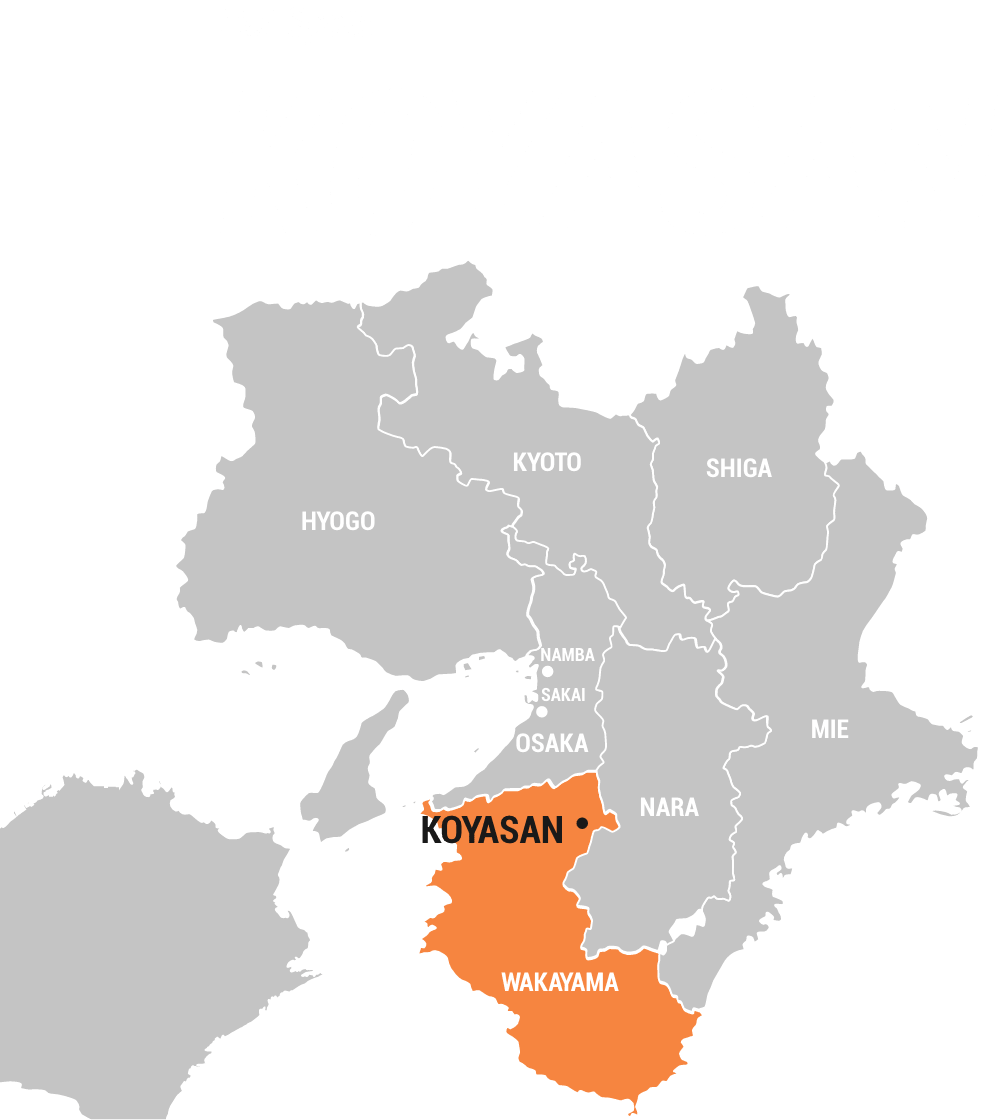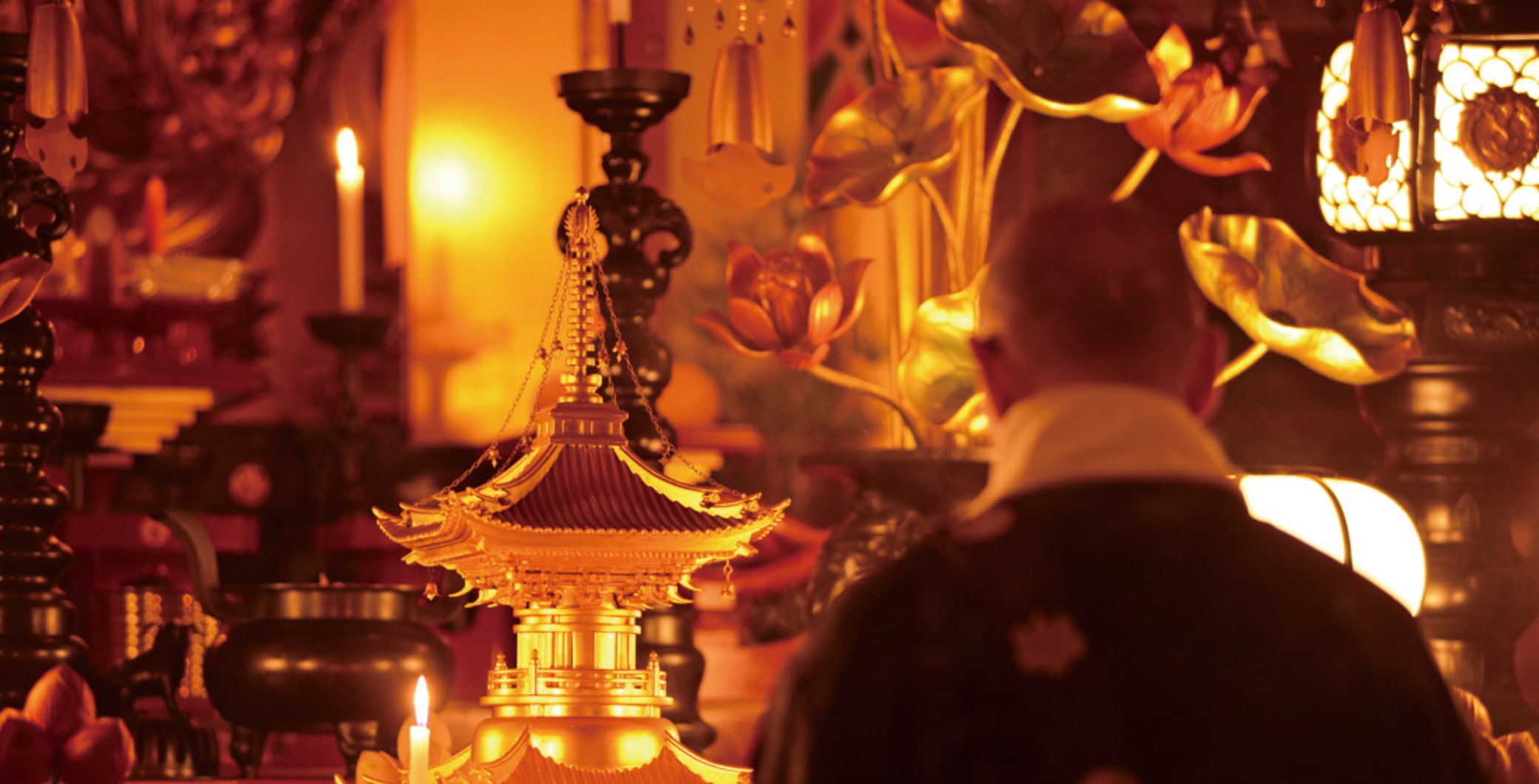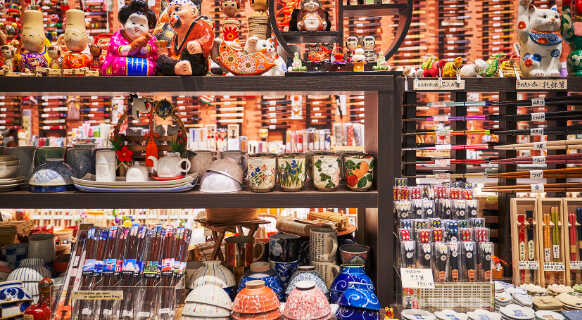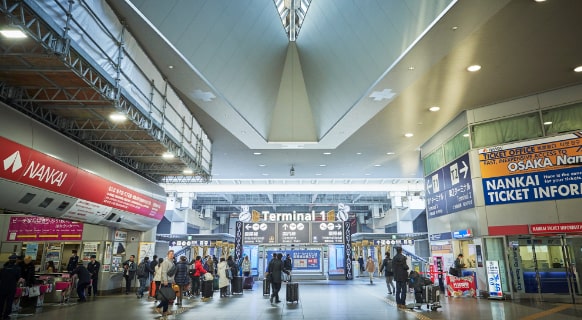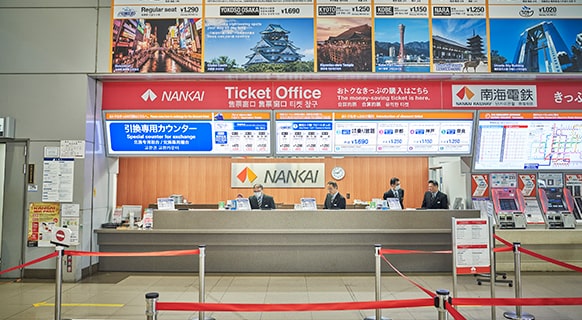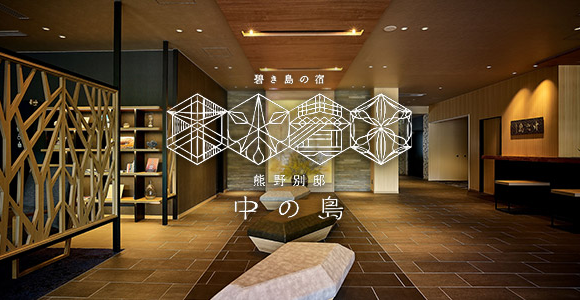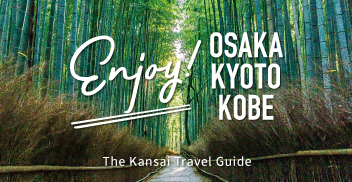Culture of KOYASAN
The Koyasan area was developed by the monk Kukai about 1200 years ago, and 117 different temples gather on its slops, with multiple buildings, including Kongobu-ji Temple and Okunoin, designated as World Heritage Sites. This is an extensive sacred area in Japanese Buddhism, and in the shukubo temples where you can spend the night, you are able to experience activities such as copying of the sutras and ajikan, a type of meditation, giving you the chance to really feel the sanctity of the place and time.
This is also the only place that you can really enjoy the famous sesame tofu and Buddhist cuisine. You can also walk along the pilgrimage trails that remain from when people made their pilgrimages to the mountain on foot.

Danjo Garan
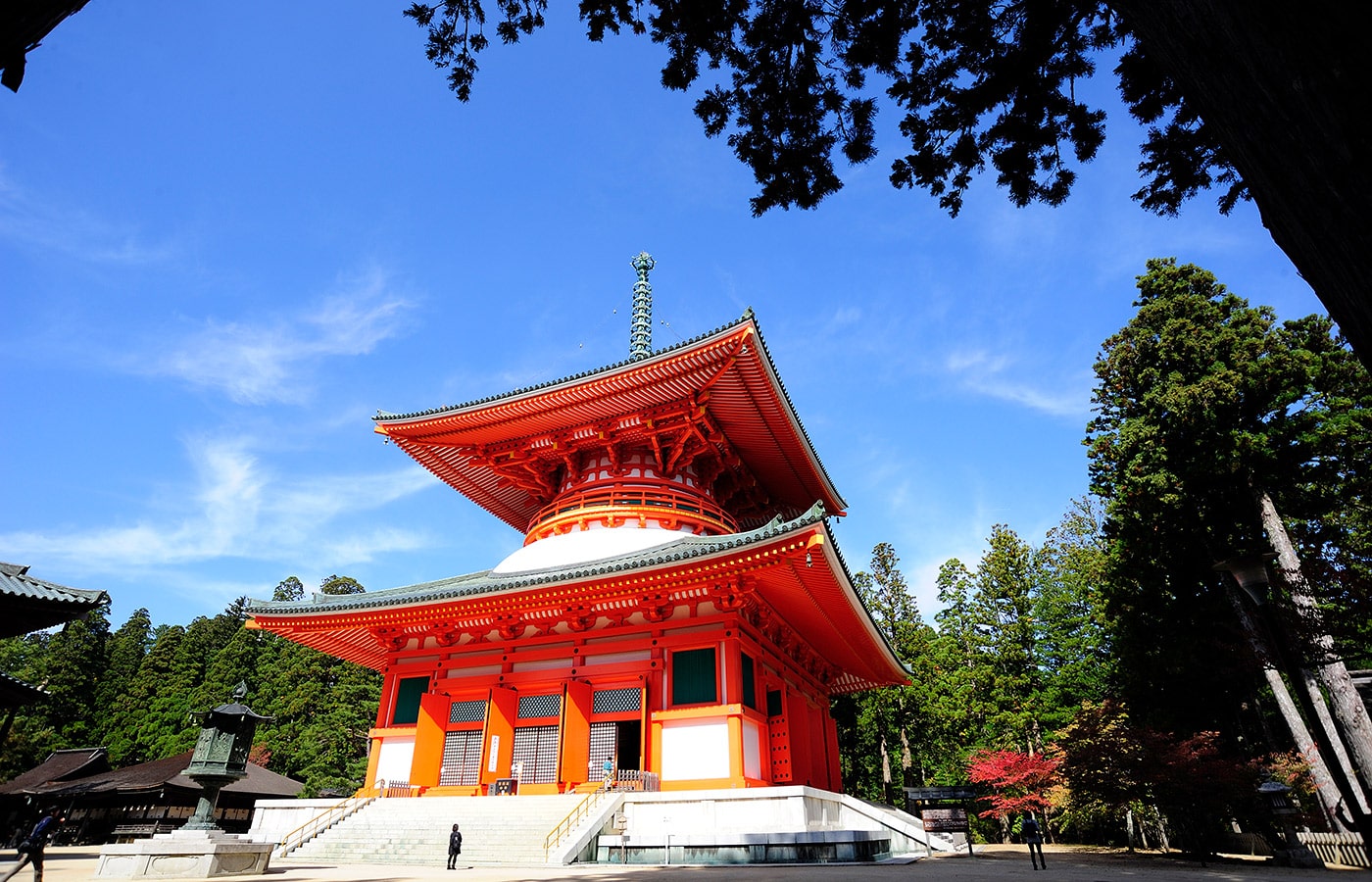
Danjo Garan is one of Koyasan’s most sacred places, alongside Okunoin. There are about 20 different structures in the grounds of Danjo Garan, and this collection represents the world of Buddha, or Danjo Garan.
At about 50 m, the Konpon Daito (Great Pagoda) is the central training center for members of the Shingon Esoteric sect. Kondo, the Golden Hall, is the main hall for important rituals on Koyasan, and is another major structure within Danjo Garan.
Kongobu-ji Temple
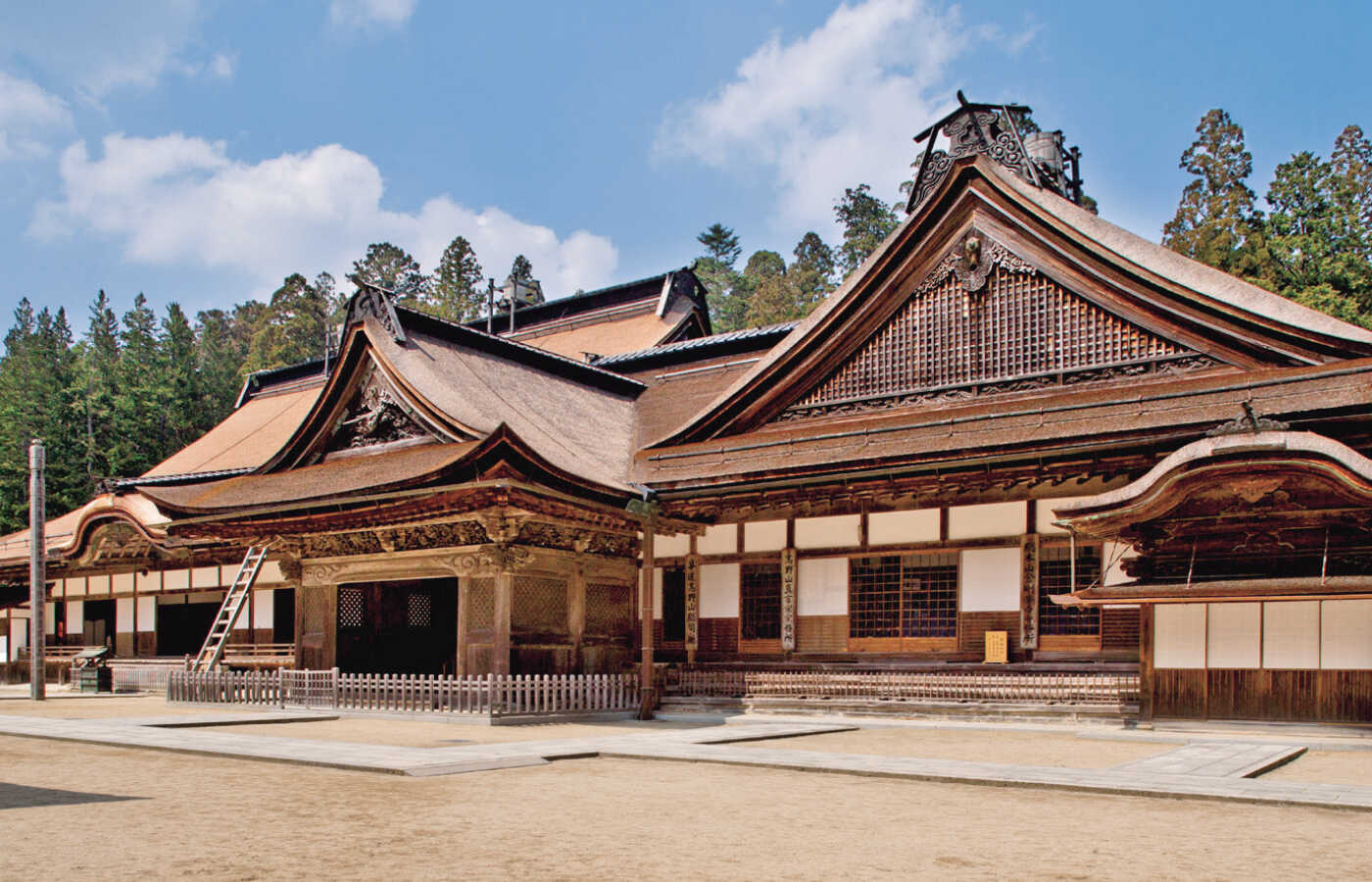
The entirety of Koyasan is considered as a temple enclosure. There are over 100 temples that spread over the mountain, including Kongobu-ji Temple, which is the main temple in the mountain.
Kongobu-ji Temple has many attractions for visitors, including the special architecture of the main building and the rock garden created by the Karesansui method.
Okunoin
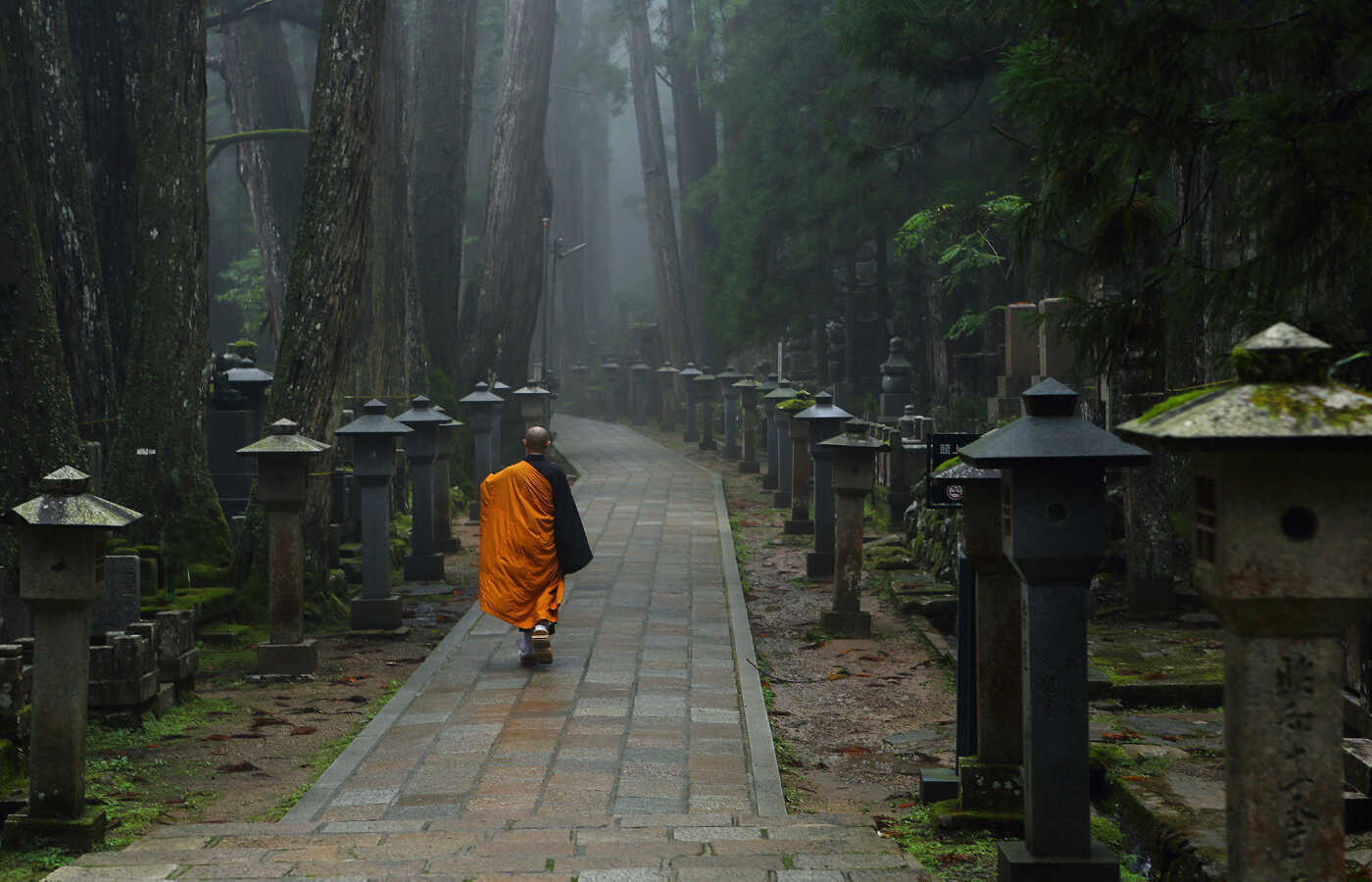
Gobyo, the building where Kukai is said to be in eternal meditation, is a sacred site on Koyasan. When you cross the Ichinohashi Bridge, the traditional entrance, you tread a path flanked by Japanese cedars that is about 2 km long, and pass though a collection of 200,000 tombstones and memorial stones, including those of many famous people, royalities, and cultural personalities. Okunoin during the day has a sublime quality, but when the lanterns are lit at night, it transforms into a fantastic world of illuminated trees.
Kongo Sanmai-in
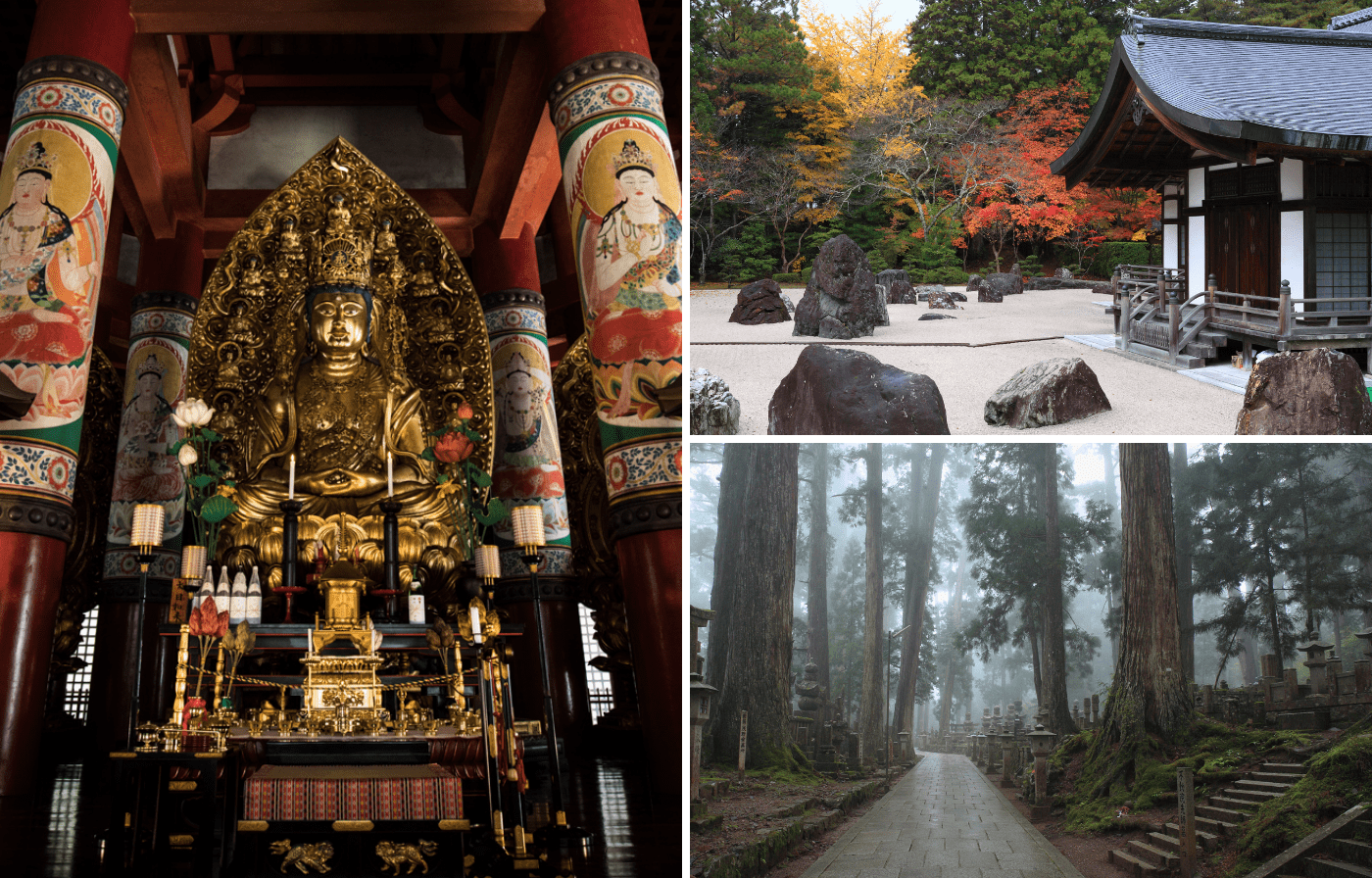
There are plenty of Shukubo
around where you can
experience the life of a priest and
also stay and eat.
This shrine was constructed at the request of Hojo Masako, known as the nun shogun, for the souls of her husband Minamoto Yoritomo and son. It holds the most historical cultural assets on Koyasan, kept inside buildings such as the Tahouto, Kyouzou, and Shishomyojin, which are national treasures or important cultural assets themselves. Your visit to the shrine will also be enriched by natural treasures such as the Tengu Cedar, which is believed to have been standing for over 800 years, and the massive shakunage rhododendron.
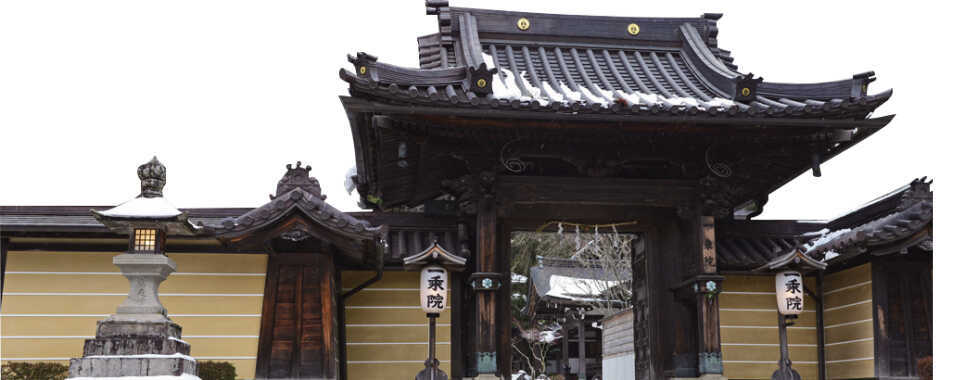
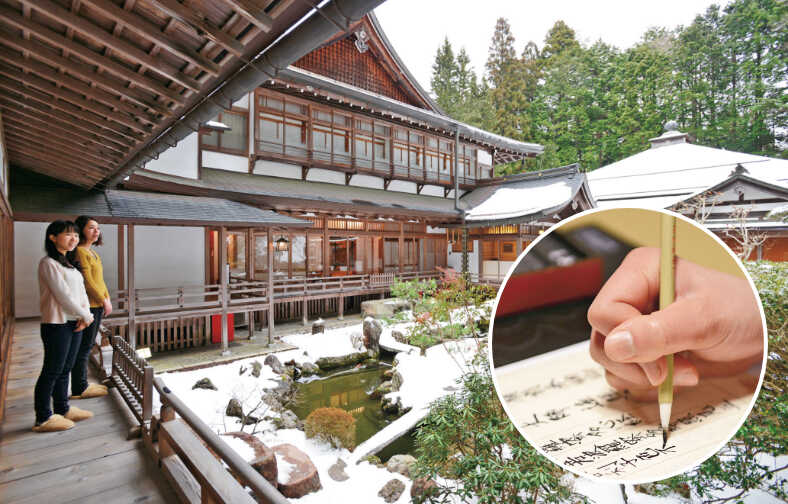
Experience the Buddhist practice of copying the Heart Sutra, which encapsulates the central tenets of Buddhism. Allow time to flow gently around you and your mind to become still.
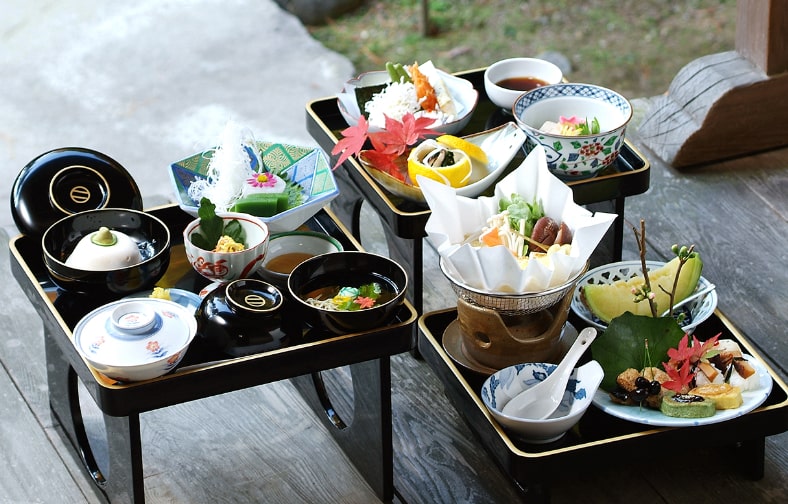
For your evening meal, enjoy the Buddhist cuisine that is the traditional meal of the priests. This style emphasizes the taste of the original ingredients and the seasoning is gentle and heart-warming. A priest will bring the freshly prepared meal to your room.
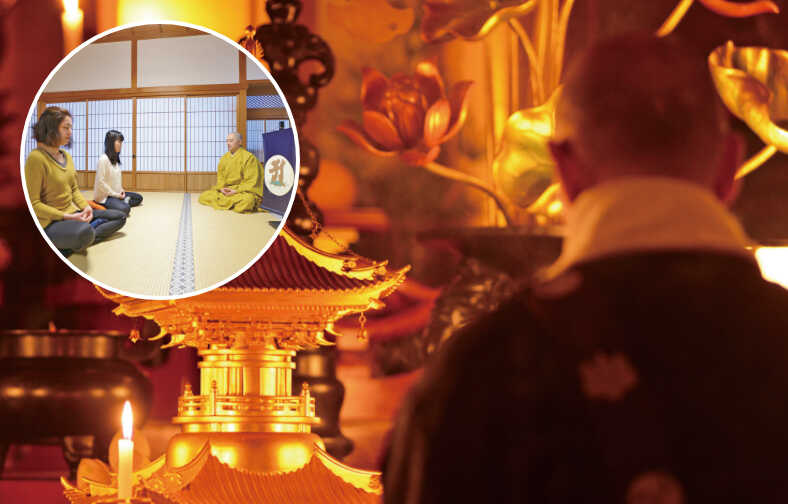
Take part in the devotional exercises in the quiet morning while listening to the hum of hymns. You may also be able to participate in ajikan, a zen exercise for sitting and breathing gently to promote your senses.
Base of Koyasan
Pilgrimage road to Koyasan
The pilgrimage path used to reach the sacred area of Koyasan still remains, and even today there are many that takes this route to make their way to Koyasan.

“Omusubi Stand: Kudo”
made from traditionally cooked rice
A new starting point for the various pilgrimage routes has opened at the base of Koyasan.

These rice ball meals use rice cooked in a traditional manner and include ingredients sourced from the area. It is the perfect companion for your trip up the pilgrimage path.
The first station hotel in Kansai;
the “NIPPONIA HOTEL Koyasan,
Pilgrimage Railway, Operated by KIRINJI”
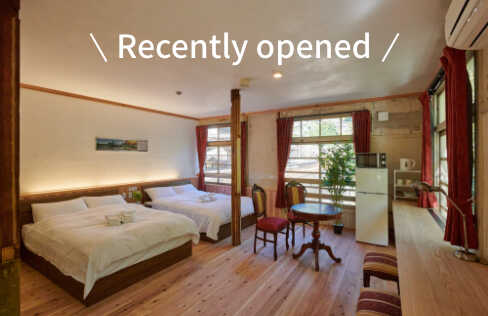
Koyashita is an old layover town that used to be the terminus of the railway. A hotel with only two rooms was created out of the renovated station buildings that retain the atmosphere of the Taisho era.





